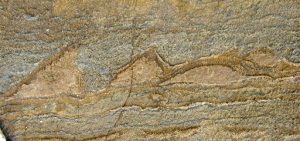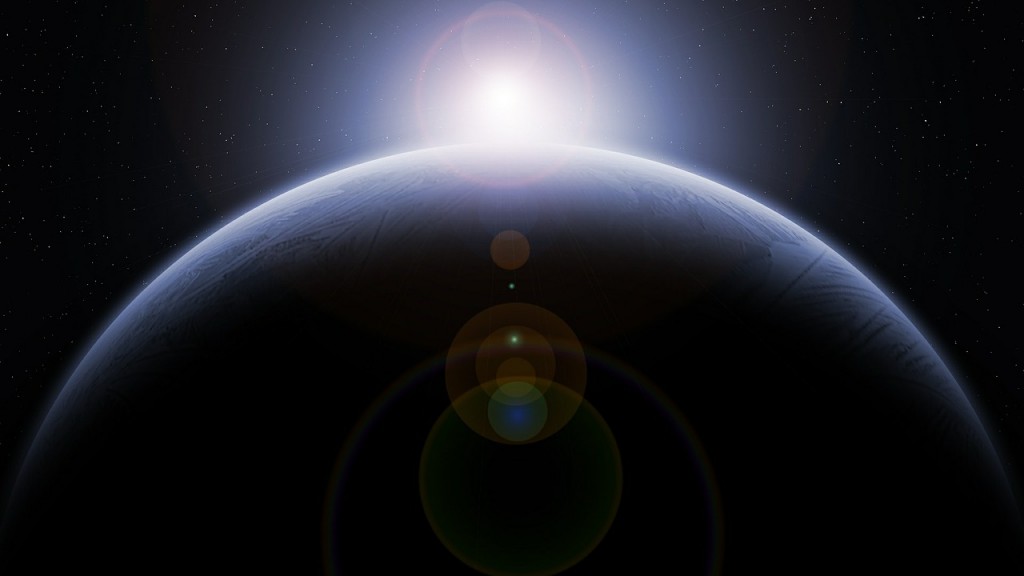 A fossil isn’t always massive discovery for archaeologists, but when it happens to be 3.7 billion years old, it turns heads. This is what Australian scientists found when they were digging in a newly melted area of Greenland.
A fossil isn’t always massive discovery for archaeologists, but when it happens to be 3.7 billion years old, it turns heads. This is what Australian scientists found when they were digging in a newly melted area of Greenland.
According to their study, published in Nature, a 3.7 billion year-old fossil now shows that microbes may have lived on the ocean floor. Furthermore, it is giving researchers a closer glimpse at how life may have formed when the previously molten Earth began to cool.
“It would have been a very different world,” said study co-author Martin Van Kranendonk of the University of New South Wales and director of the Australian Center for Astrobiology. “It would have had black continents, a green ocean with orange skies.”
But how do the study authors know it isn’t simply another old fossil?
According to Van Kranendonk, this fossil is too complex to have been developed after the evolution of the planet’s first life forms. Through the analysis of volcanic ash, lead, and tiny zircon with uranium, the scientists were able to pinpoint the 3.7 billion date point.
However, not everyone is convinced that the fossil has as much hidden information as the study authors claim. NASA astrobiologist Abigail Allwood, for instance, believes that there isn’t enough conclusive evidence of life in the fossil, as opposed to just a geological quirk. Allwood is known herself for finding a fossil dating back 3.4 billion years in Australia.
“It would be nice to have more evidence, but in these rocks that’s a lot to ask,” she said.
The “life” supposedly preserved in the latest fossil consisted of stromatolites – communities of bacteria. The complexity of the bacteria are also leading experts to believe that life evolved fairly quickly after asteroids hit Earth.
“Stromatolites contain billions of bacteria … they’re making the equivalent of apartment complexes,” Van Kranendonk said.
The finding of the fossil though doesn’t just point to hints of life on Earth 3.7 billion years ago – it has scientists thinking twice about life on Mars, too. The red planet, which may have once had a similar terrain and atmosphere to Earth, could have been home to life prior to humans.
“Suddenly, Mars may look even more promising than before as a potential abode for past life,” said Allwood, following the release of study.
But without definitive evidence linking Mars back 3.7 billion years, it seems like we’ll still have to wait for confirmation of alien life.
Sources
Nutman, Allen. Bennett, Vickie. Friend, Clark. Van Kranendonk, Martin. Chivas, Allan. “Rapid emergence of life shown by discovery of 3,700-million-year-old microbial structures.” Nature. Published Aug. 31, 2016.
Borenstein, Seth. “Scientists find 3.7 billion-year-old fossil, oldest yet.” Phys.org. Published Aug. 31, 2016.
Doyle, Alistser. “Oldest Fossils On Earth Discovered, Raising Chances Of Alien Life.” Reuters. Published Aug. 31, 2016.
